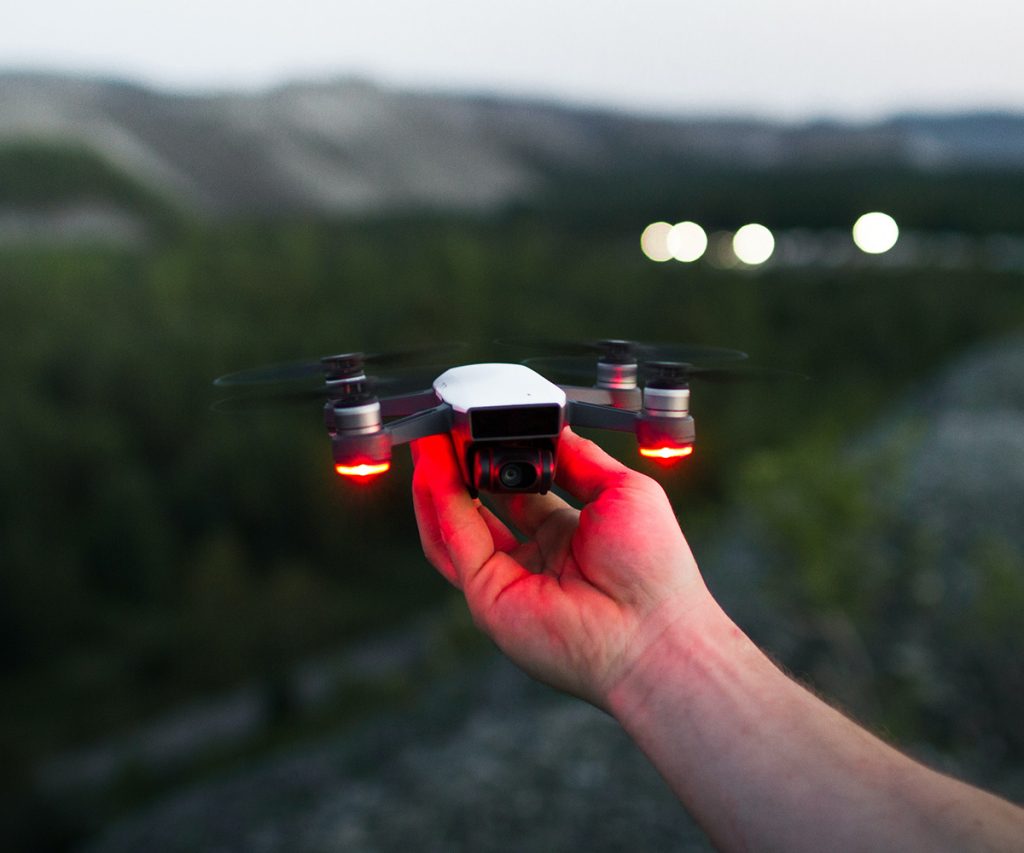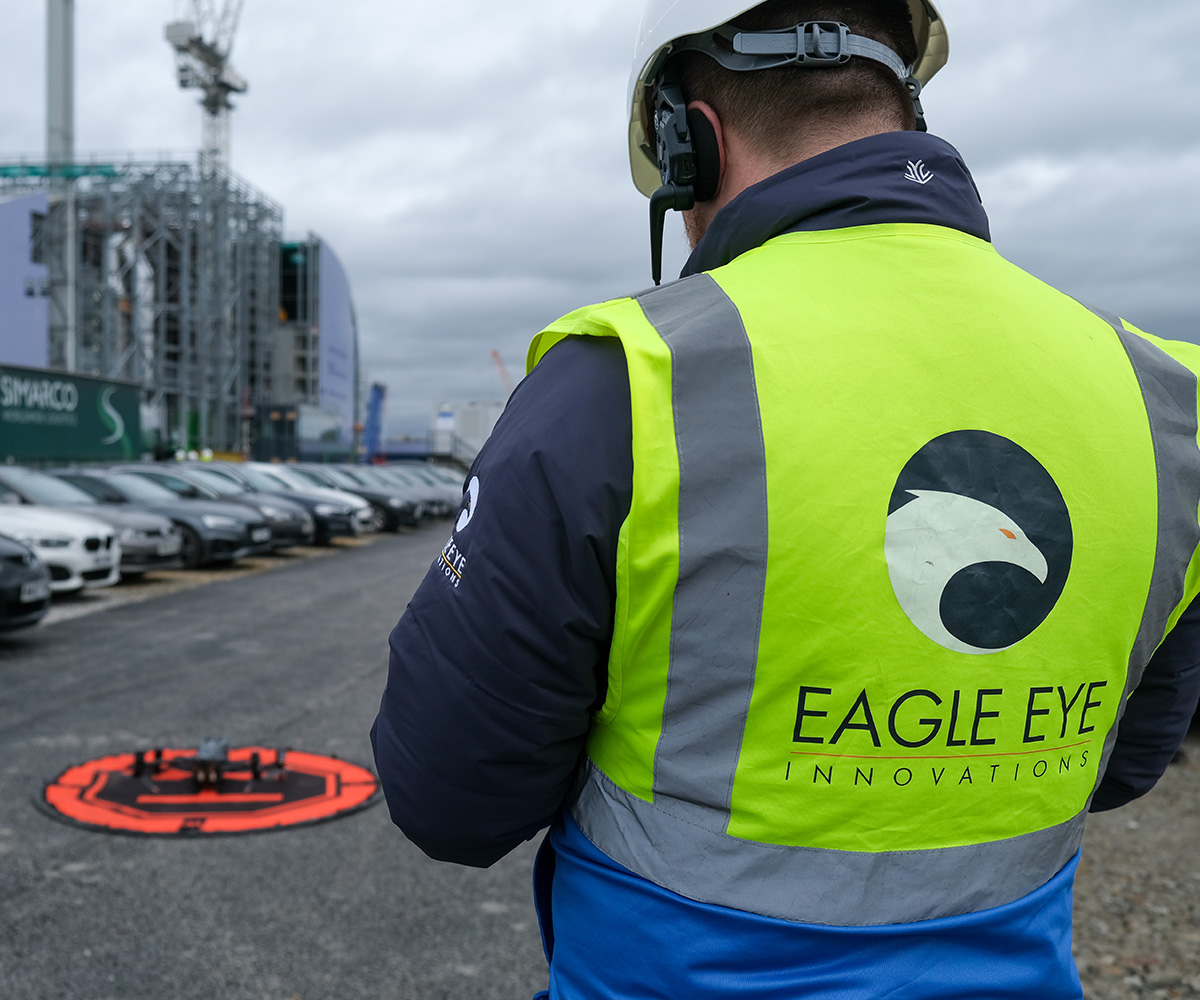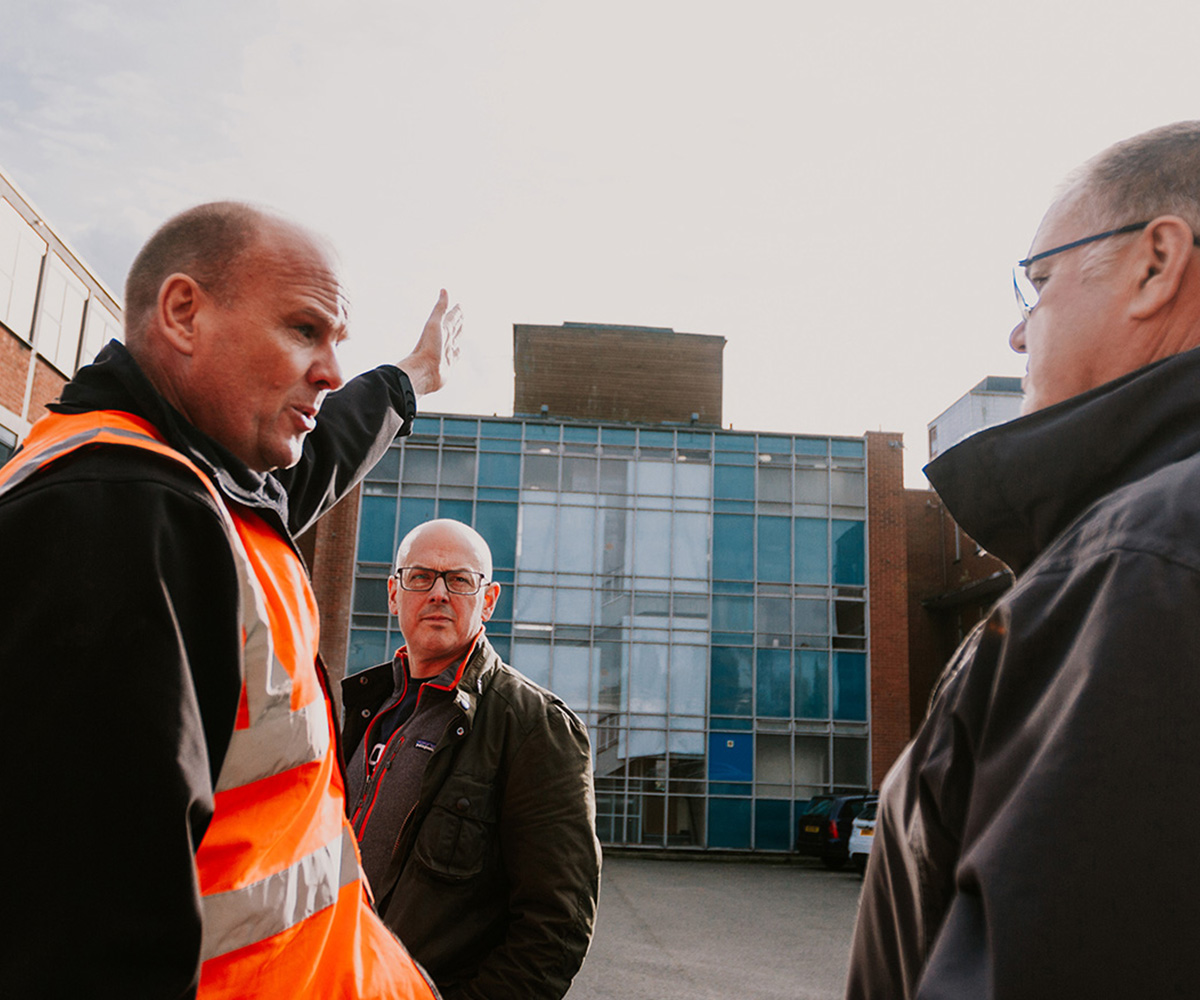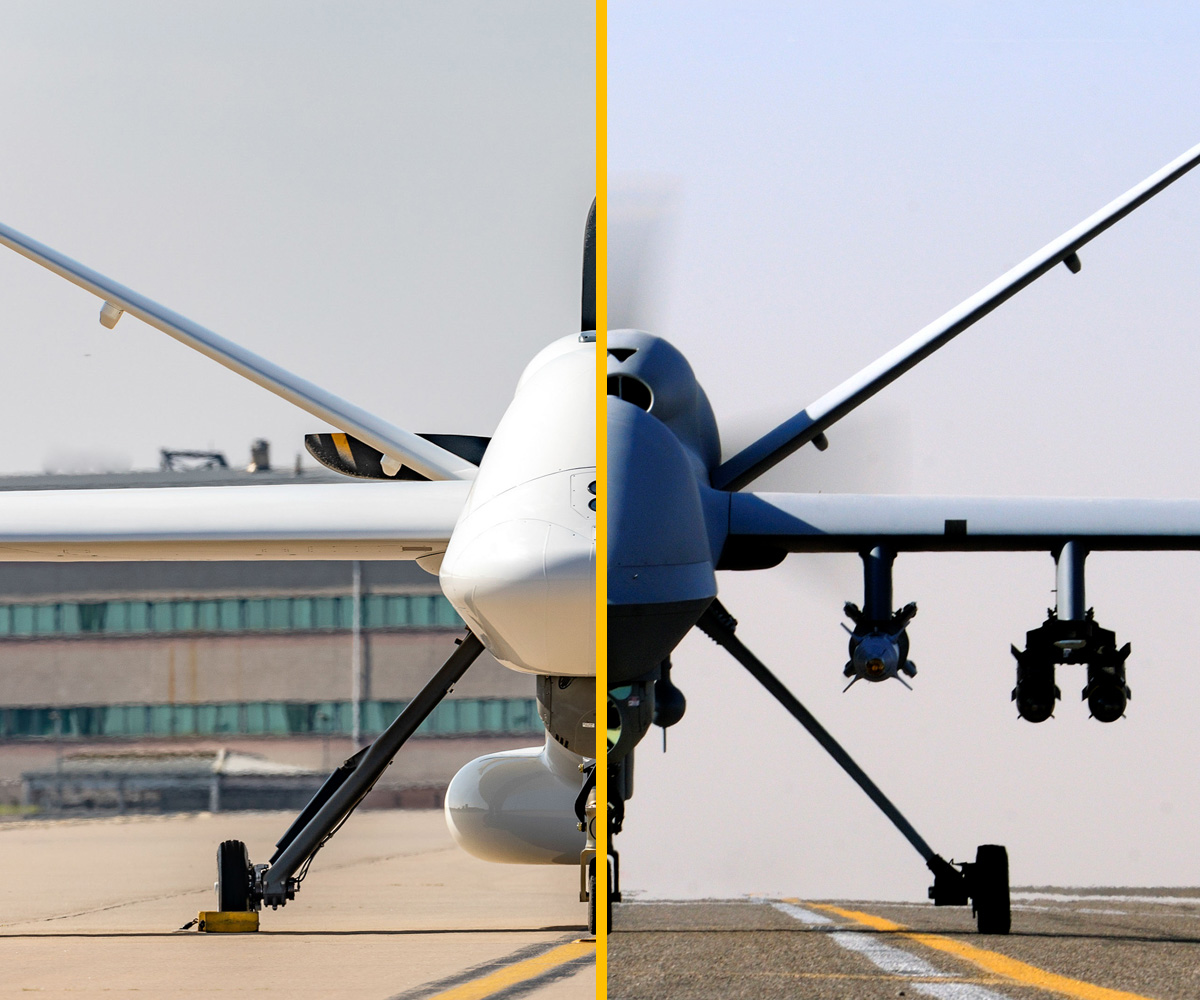
Learn about Eagle Eye Innovations and the people at the heart of the organisation.


Once we had moved into our new offices, we suddenly felt like we were growing and things we’re getting serious. There had been some changes in the Senior Leadership Team (SLT) and some additions in key areas in the Engineering Management footprint and now it was time to get the company on a war footing for the inevitable growth that would follow.
It was evident that the short term spiral projects we were engaged upon, whilst enough to bring in some revenue to continue the iterative engineering effort to date, wouldn’t be enough to get new investment on the hook and support sustainable growth. We needed a renewed commercial strategy with a solid engineering plan in place to drive it. It was, in effect, a stabalisation, a check and balance before pivoting off in a new direction and this involved a lot of strategy meetings and workshops to try and understand where we were and where we might be going on this crazy journey.
As we were not yet under contract with our intended first customer, the UK MoD, we decided to ‘focus on focus’ and archive the vast majority of existing R&D projects, even the ones that had real commercial potential. That focus was on an uncrewed aviation product that meant we were, whether we liked it or not, not just an autonomous technology concern but an aviation company – more on that later. In the meantime though, recognising that the ‘magnificent men in their flying machines’ approach was unlikely to win over the UK Defence Procurement people, we adopted Model Based Systems Engineering (MBSE) , an industry recognised way to conduct complex engineering using first principles from the ground up. As the Quality Manager for the business this was very pleasing, but only in that I knew it was a probably a good quality move, not because I actually understood, at that time, what MBSE was all about. I recall exiting the first briefing on MBSE with what colleagues described as the same look a goat might have staring at lightning on a rainy horizon. A blend of awe, wonder and bemusement. Making these complex principles happen needs Suitably Qualified and Experienced People (SQEP) and we set out on an ambitious growth plan to get them in to the company.
Recruiting…..recruiting…..recruiting…….here goes then. Firstly, it is much more time-consuming activity in a startup than I imagined. It started with defining a strategy for specific roles within my team, developing and releasing a job description, managing the multitude of questions and random CV’s from interested applicants on LinkedIn and then down selecting candidates for interview. I interviewed a varied range of characters from the greyest man in Europe (could talk a glass eye to sleep) to a person that I have decided is in my top 3 people I have met who is ‘most likely to turn out to be a prolific serial killer’. I even had one candidate who insisted on a Face 2 Face interview (Zoom and Teams were contagious by then) and then proceeded to admit that he knew nothing about the main role requirements, had done no preparation, openly admitted to grossly lying on his CV and then simply stated his strategy was to win me over with his charisma! It is, so far at least, the only interview I have stopped mid-process, swiftly followed by a large nightclub doorman style ejection from the building. In line with HR practices and to avoid any Freedom of Information requests that might reveal embarrassing language, I resisted the urge to enter what I really wanted to say and simply said, ‘not suitable’……!
We were in the depths of the COVID19 lockdowns by then and company-wide communications started to become a challenge so we implemented a new, weekly 30 min show and tell with each department getting an opportunity to outline what they were all about. The quality of these varied, some were informative, slick and 29 mins long and some were the other end of that scale. One brief consisted of a deluge of minute technical detail delivered in a monotone voice and would still be going if it hadn’t been for one of the execs waking up, switching their camera on and throwing in a metaphorical ‘Zoom towel’.
We careered onwards through rounds of design phases and numerous engineering signoffs which, in many cases felt like they may have been more effective if they were delivered in an Amazonian Indian language only spoken in one village in the world. The engineering process had taken a step change in the right direction and we knew we had made the right decision to do that. We were evolving into a team that started to become more than the sum of its parts.
Next episode – Process, Process, Process…
– Craig Lippett, Head of Technical Services
News

On Mon 3 Mar 2025, the UK Civil Aviation Authority (CAA) published ORS9, Decision 46, setting out the UK Specific Operations Risk Assessment (SORA) methodology as Acceptable Means of Compliance (AMC) to UK Regulation (EU) 2019/947 Article 11. The CAA... Read more
Training

The construction industry operates in a dynamic environment characterised by tight deadlines, complex project requirements, and stringent safety regulations. But how can drones revolutionise onsite operations and safety?
Training

Keeping farms and agricultural sites safe is becoming increasingly important, especially as we head towards the warmer summer months. But always keeping such large areas of land safe traditionally requires increased manpower, spending on security systems and time that those... Read more
Training

In the rapidly evolving landscape of technology, drones have emerged as versatile tools, transforming various industry sectors, particularly the utilities sector. Drones have fast become one of the best ways of improving health and safety on site, but in order... Read more
Training

Drones are revolutionising various aspects of the UK rail industry, from infrastructure inspections and drone mapping for railways, to emergency repair response. But what are the benefits?
News

In light of the Protector RG Mk1’s first flight from RAF Waddington, we wanted to highlight the differences in the MQ-9 Reaper and the new MALE platform.